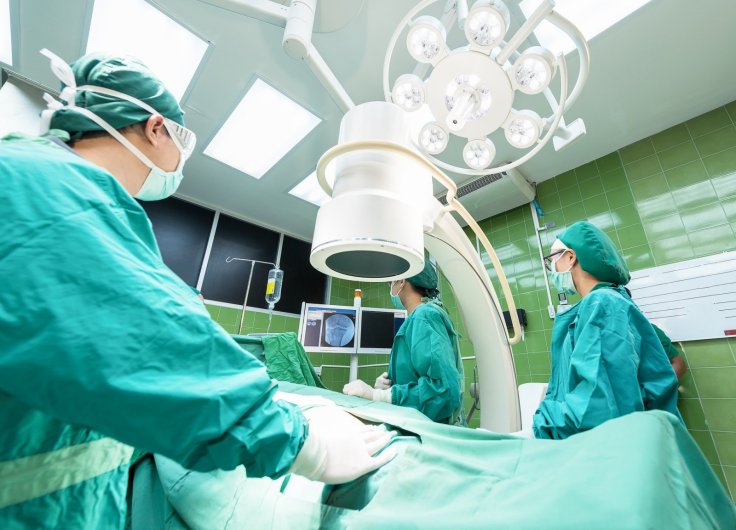With the coronavirus or COVID-19 outbreak spreading worldwide, scientists are working on the different characteristics of the novel virus and how it affects the human body. But, since the start of the pandemic, the researchers have been struggling to understand why the virus only affects the heart, kidney, and liver and not any other sets of organs.
Now, a new study from Spain has claimed that the proteins found in the lungs act as primary activators. The team of researchers from the University of Zaragoza and the Fundacion Agencia Aragonesa para la Investigacion y el Desarrollo discovered that the proteins in the lungs get triggered by the virus, which causes the activation of proteins in certain organs making them more susceptible to infection.
Coronavirus Does Not Affect All Organs

The novel virus uses a protein found on the outside of the cells called angiotensin-converting enzyme 2 (ACE2) for entering and infecting them. After getting inside a human cell, the viral proteins get in contact with those in the body that can lead to either mild or severe effects.
But, not every organ having ACE2 in abundance gets affected by the virus, which the scientists claim must mean there is a different way for transmission. "This receptor is ubiquitous in most human organs, such that if the virus is circulating in the body, it can also enter into other organs and affect them," Dr. Ernesto Estrada, the lead author of the study and a professor in the Institute of Applied Mathematics of the University of Zaragoza, said.
"However, the virus affects some organs selectively and not all, as expected from these potential mechanisms," he added as quoted by the Daily Mail. The team considered how the proteins prevalent in the lungs communicate with the proteins in other organs, in the research published in journal Chaos.
Estrada stated that for the proteins to interact with each other, they require to move inside the cell in a 'subdiffusive' manner. He described the movement similar to the way a drunkard walks in a crowded street. The proteins in a cell must swerve around the obstructions for interacting but few exist in the same cell or organ and others do not.
Estrada created a mathematical model that showed there are 59 proteins within the lungs, which are the primary activators for other organs. When the novel virus affects the lungs, this pushes the chain of events that trigger changes in proteins of other organs.
But, these changes happen in certain organs like the heart and kidneys and not in the stomach. "Targeting some of these proteins in the lungs with existing drugs will prevent the perturbation of the proteins expressed in organs other than the lungs, avoiding multiorgan failure, which, in many cases, conduces the death of the patient," he mentioned.









